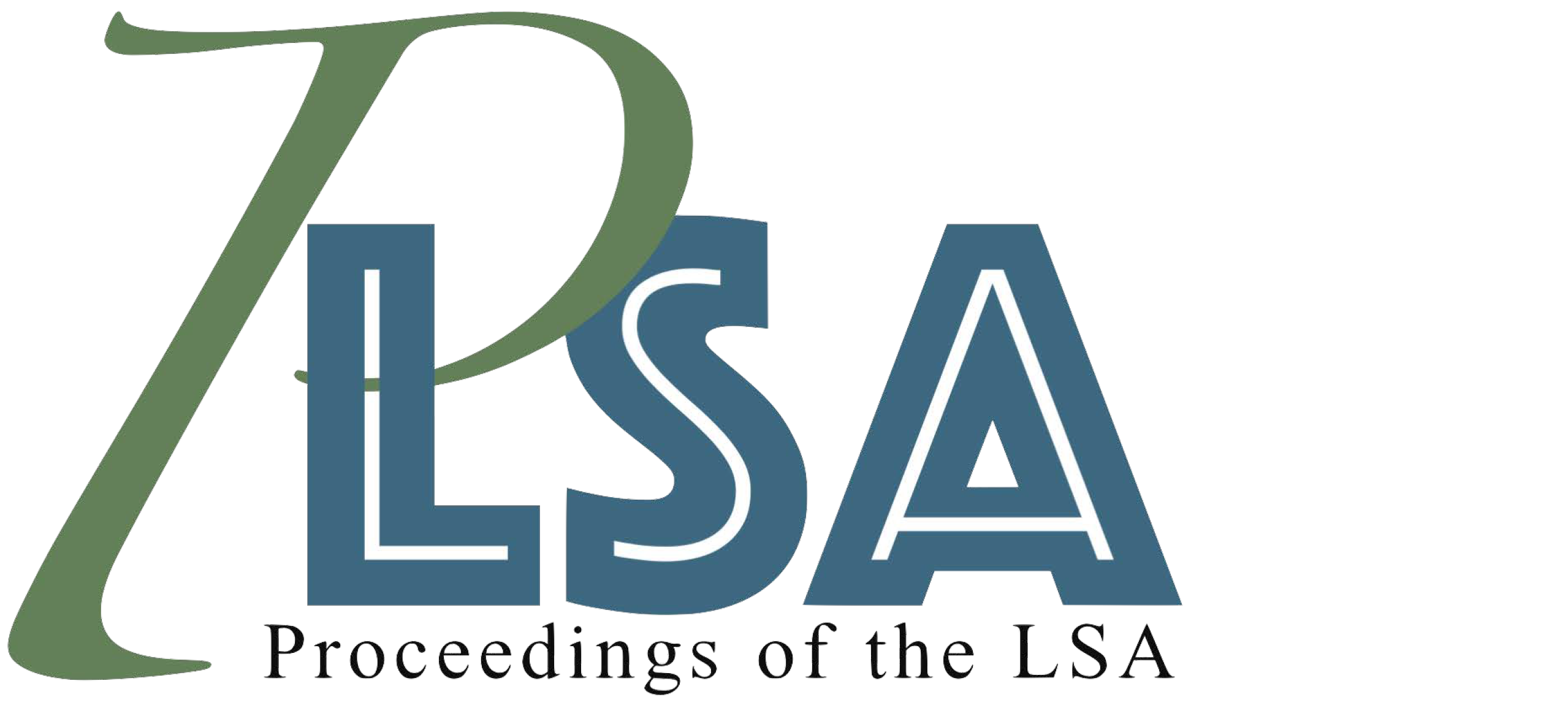Gender representation in linguistic example sentences
DOI:
https://doi.org/10.3765/plsa.v5i1.4723Keywords:
gender representation, implicit bias, syntax, publications, academiaAbstract
Prior studies have shown that example sentences in syntax textbooks systematically under-represent women and perpetuate gender stereotypes (Macaulay & Brice 1994, 1997; Pabst et al. 2018). We examine the articles published over the past 20 years in Language, Linguistic Inquiry, and Natural Language & Linguistic Theory, and find striking similarities to this prior work. Among our findings, we show a stark imbalance of male (N=10807) to female (N=5019) arguments, and that male-gendered arguments are more likely to be subjects, and female arguments non-subjects. We show that female-gendered arguments are less likely to be referred to using pronouns and are more likely to be referred to using a kinship term, whereas male-gendered arguments are more likely to have occupations and to perpetrate violence. We show that this pattern has remained stable, with very little change, over the course of the twenty years that we examine, leading up to the present day. We conclude with a brief discussion of possible remedies and suggestions for improvement.Downloads
Published
2020-03-23
Issue
Section
Articles
License
Published by the LSA with permission of the author(s) under a CC BY 4.0 license.
How to Cite
Kotek, Hadas, Sarah Babinski, Rikker Dockum, and Christopher Geissler. 2020. “Gender Representation in Linguistic Example Sentences”. Proceedings of the Linguistic Society of America 5 (1): 514–528. https://doi.org/10.3765/plsa.v5i1.4723.
